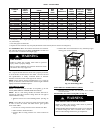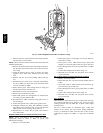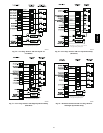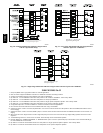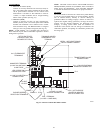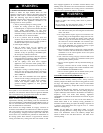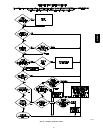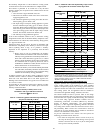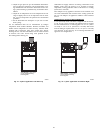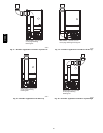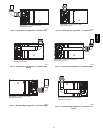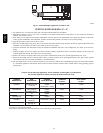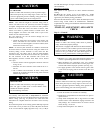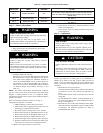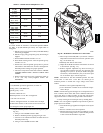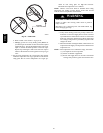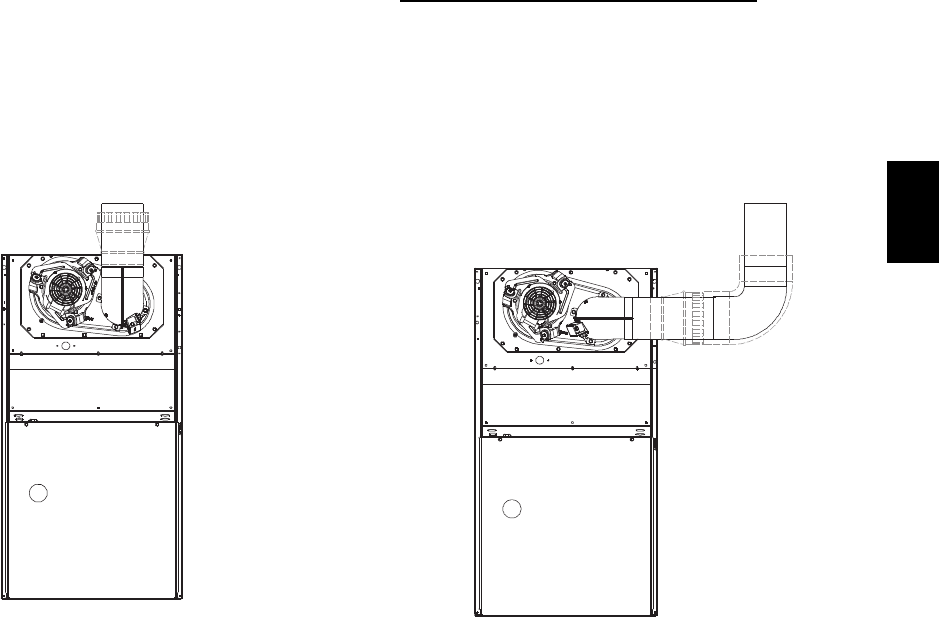
29
2. Adjust the gas input rate per the installation instructions.
Low gas input rate causes low vent gas temperatures, caus-
ing condensation and corrosion in the furnace and/or vent-
ing system. Derating is permitted only for altitudes above
2000 ft
3. Adjust the air temperature rise to the midpoint of the rise
range or slightly above. Low air temperature rise can cause
low vent gas temperature and potential for condensation
problems.
4. Set the thermostat heat anticipator or cycle rate to reduce
short cycling.
Air for combustion must not be contaminated by halogen
compounds which include chlorides, fluorides, bromides, and
iodides. These compounds are found in many common home
products such as detergent, paint, glue, aerosol spray, bleach,
cleaning solvent, salt, and air freshener, and can cause corrosion
of furnaces and vents. Avoid using such products in the
combustion--air supply. Furnace use during construction of the
building could cause the furnace to be exposed to halogen
compounds, causing premature failure of the furnace or venting
system due to corrosion.
Vent dampers on any appliance connected to the common vent
can cause condensation and corrosion in the venting system. Do
not use vent dampers on appliances common vented with this
furnace.
ADDITIONAL VENTING
REQUIREMENTS
A 4 in. (102 mm) round vent elbow is supplied with the furnace.
A 5 in. or 6 in. (127 or 152 mm) vent connector may be required
for some model furnaces. A field--supplied 4 in. to 5 in. (102 to
127 mm) or 4 in. to 6 in. (102 mm to 152 mm) sheet metal
increaser fitting is required when 5 in. or 6 in. (127 or 152 mm)
vent connector is used. See Fig. 35--47 Venting Orientation for
approved vent configurations.
See Venting Notes after Fig. 47.
SEE NOTES: 1,2,4,7,8,9
on the page following
these figures
A03208
Fig. 35 -- Upflow Application--Vent Elbow Up
SEE NOTES: 1,2,3,4,7,8,9
on the pages following
these figures
A03209
Fig. 36 -- Upflow Application--Vent Elbow Right
312AAV



